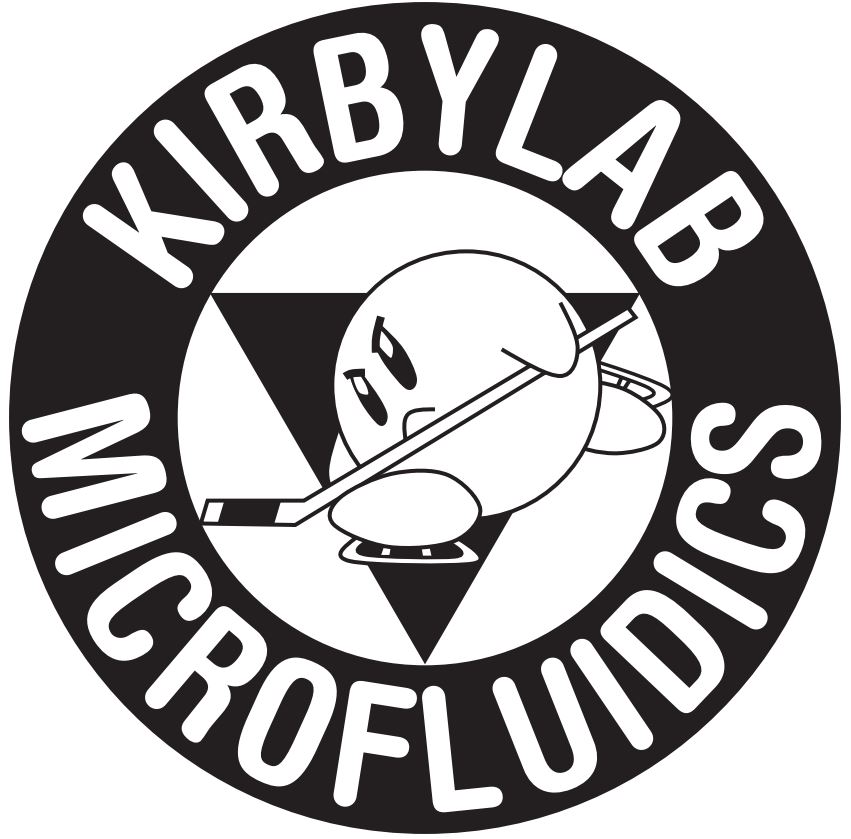New publication: Stiffness of photocrosslinked RGD-alginate gels regulates adipose progenitor cell behavior
Stiffness of photocrosslinked RGD-alginate gels regulates adipose progenitor cell behavior
Emily M. Chandler, Caroline M. Berglund, Jason S. Lee, William J. Polacheck, Jason P. Gleghorn, Brian J. Kirby, Claudia Fischbach
Biotechnology and Bioengineering, Volume 108, Issue 7, pages 1683–1692, July 2011
Keywords:
- alginate;
- mechanical stiffness;
- adipose progenitor cells;
- adipose tissue engineering;
- angiogenesis
Abstract
Adipose progenitor cells (APCs) are widely investigated for soft tissue reconstruction following tumor resection; however, the long-term success of current approaches is still limited. In order to develop clinically relevant therapies, a better understanding of the role of cell–microenvironment interactions in adipose tissue regeneration is essential. In particular, the effect of extracellular matrix (ECM) mechanics on the regenerative capability of APCs remains to be clarified. We have used artificial ECMs based on photocrosslinkable RGD-alginate to investigate the adipogenic and pro-angiogenic potential of 3T3-L1 preadipocytes as a function of matrix stiffness. These hydrogels allowed us to decouple matrix stiffness from changes in adhesion peptide density or extracellular Ca2+ concentration and provided a physiologically relevant 3D culture context. Our findings suggest that increased matrix rigidity promotes APC self-renewal and angiogenic capacity, whereas, it inhibits adipose differentiation. Collectively, this study advances our understanding of the role of ECM mechanics in adipose tissue formation and vascularization and will aid in the design of efficacious biomaterial scaffolds for adipose tissue engineering applications.
